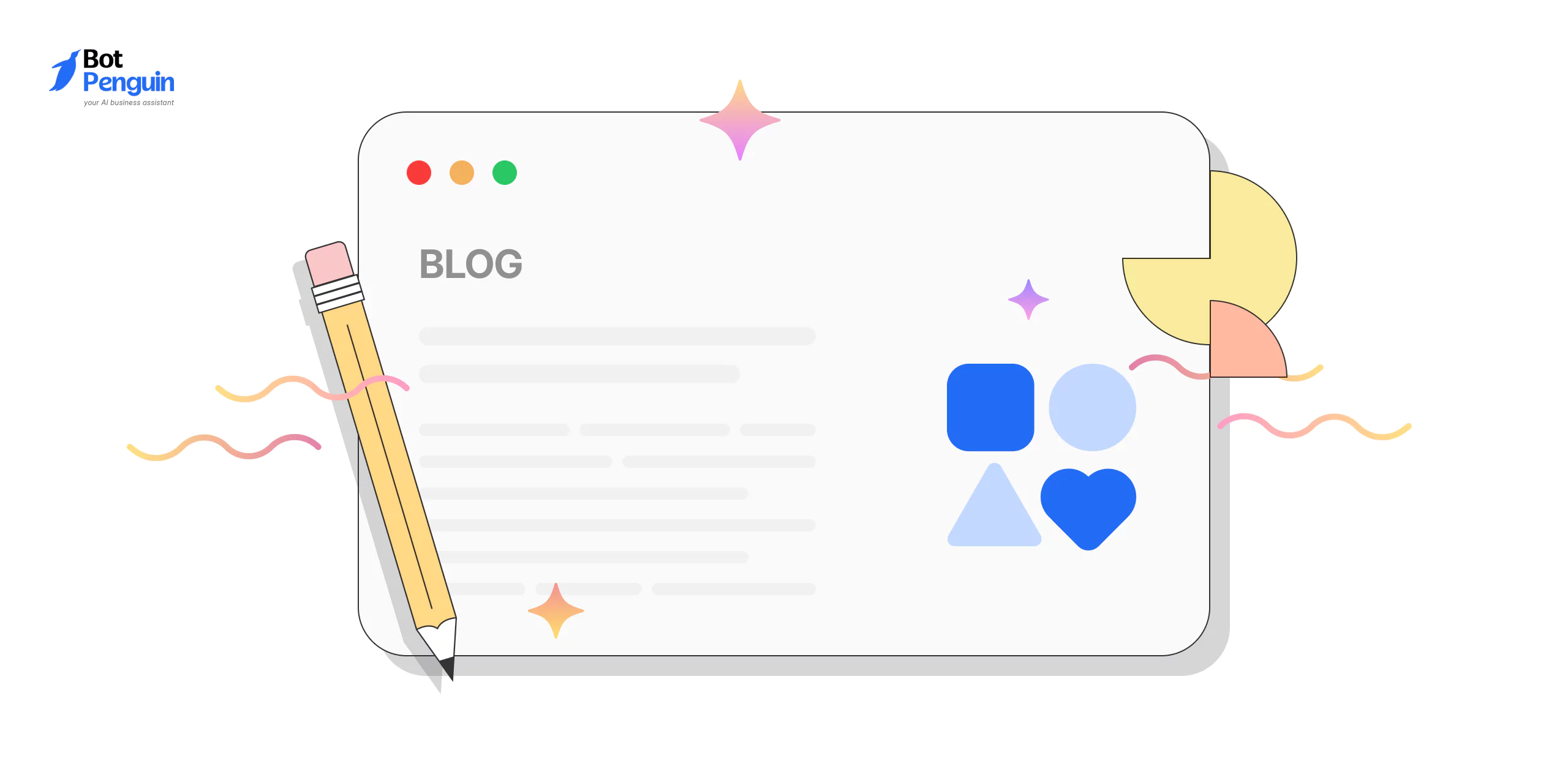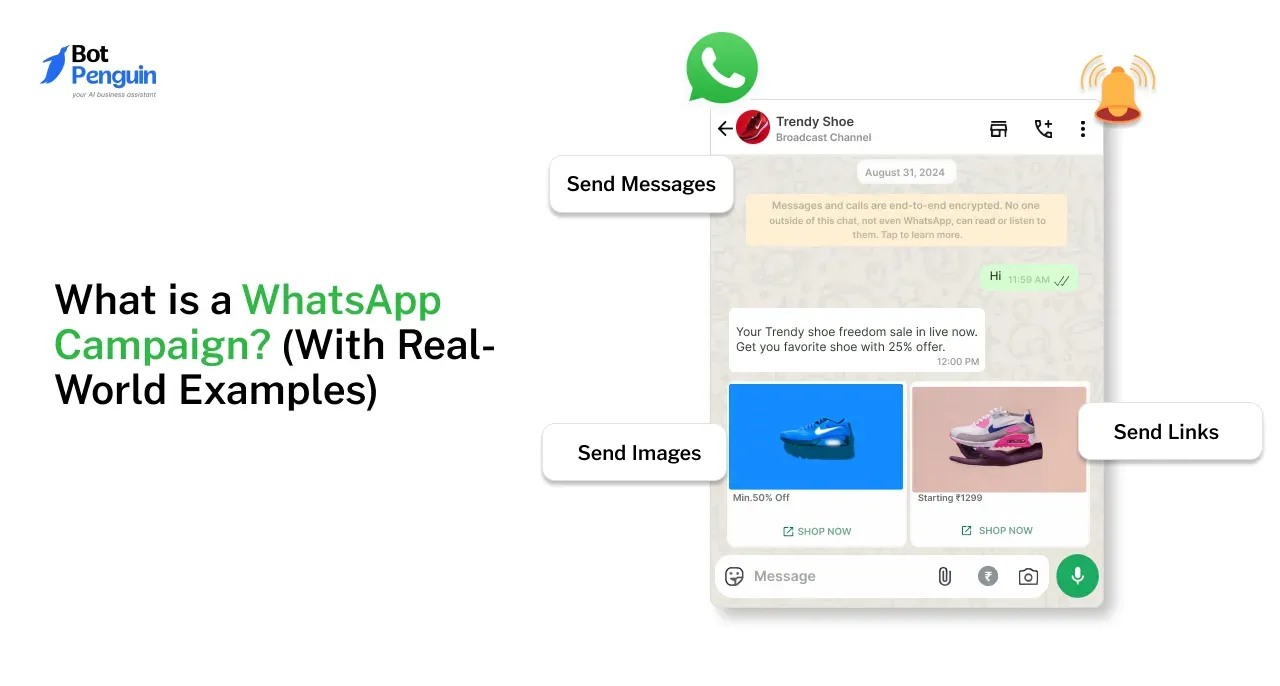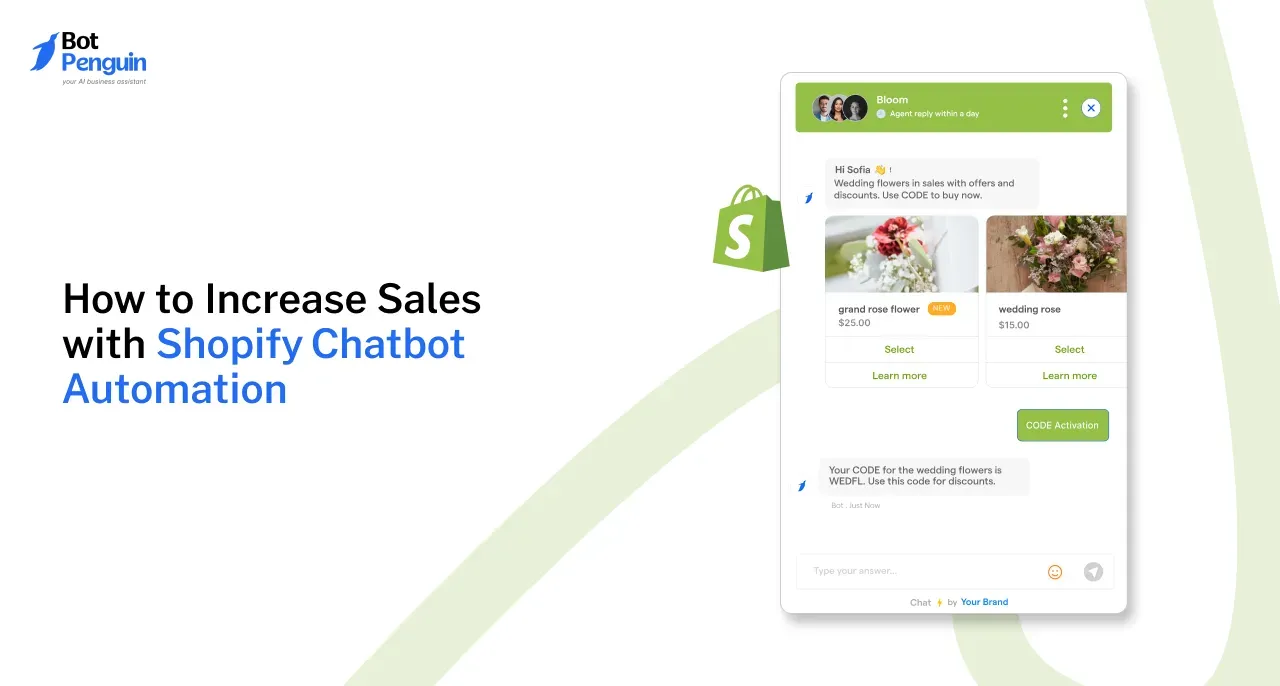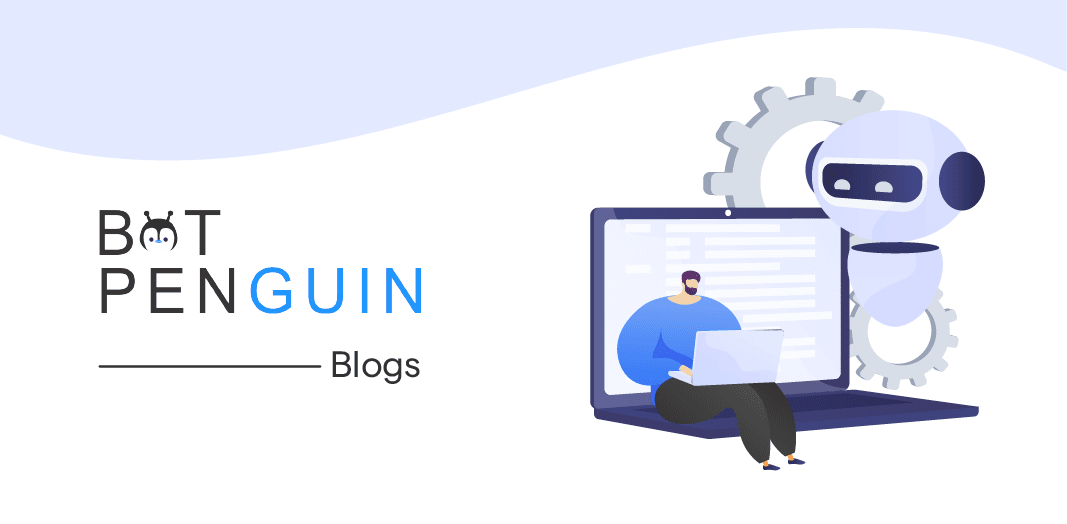Introduction
Welcome to the exciting world of marketing funnel automation! If you’re looking to elevate your marketing game, you’ve landed in the right place.
Imagine effortlessly guiding your prospects from casual browsers to loyal customers, all while sipping your morning coffee. Sounds like a dream, right? Well, with the right strategies and tools, this dream can become your reality!
In today’s fast-paced digital landscape, businesses face the challenge of capturing attention and converting leads like never before.
That’s where marketing funnel automation comes in. Marketing funnel automation refers to the use of technology and tools to streamline and optimize the various stages of the customer journey, from awareness to conversion.
This involves automating tasks such as lead generation, nurturing, segmentation, and follow-ups, allowing businesses to deliver personalized content and engage with prospects more efficiently.
By automating these processes, companies can enhance user experiences, improve conversion rates, and ultimately drive sales growth.
In this blog, we’ll unveil 11 Expert Tips for Setting Up Your marketing funnel automation, packed with real-world examples and actionable insights.
11 Tips for Setting up Your Marketing Funnel Automation
Ready to supercharge your marketing efforts?

Discover how marketing funnel automation can streamline your processes, optimize conversions, and elevate your overall marketing strategy with these expert tips!
1. Understand Your Target Audience
To effectively set up your marketing funnel automation, it’s crucial to have a clear understanding of your target audience.
This knowledge shapes your marketing strategies and ensures your automated processes align with your audience's needs.
Customer Segmentation
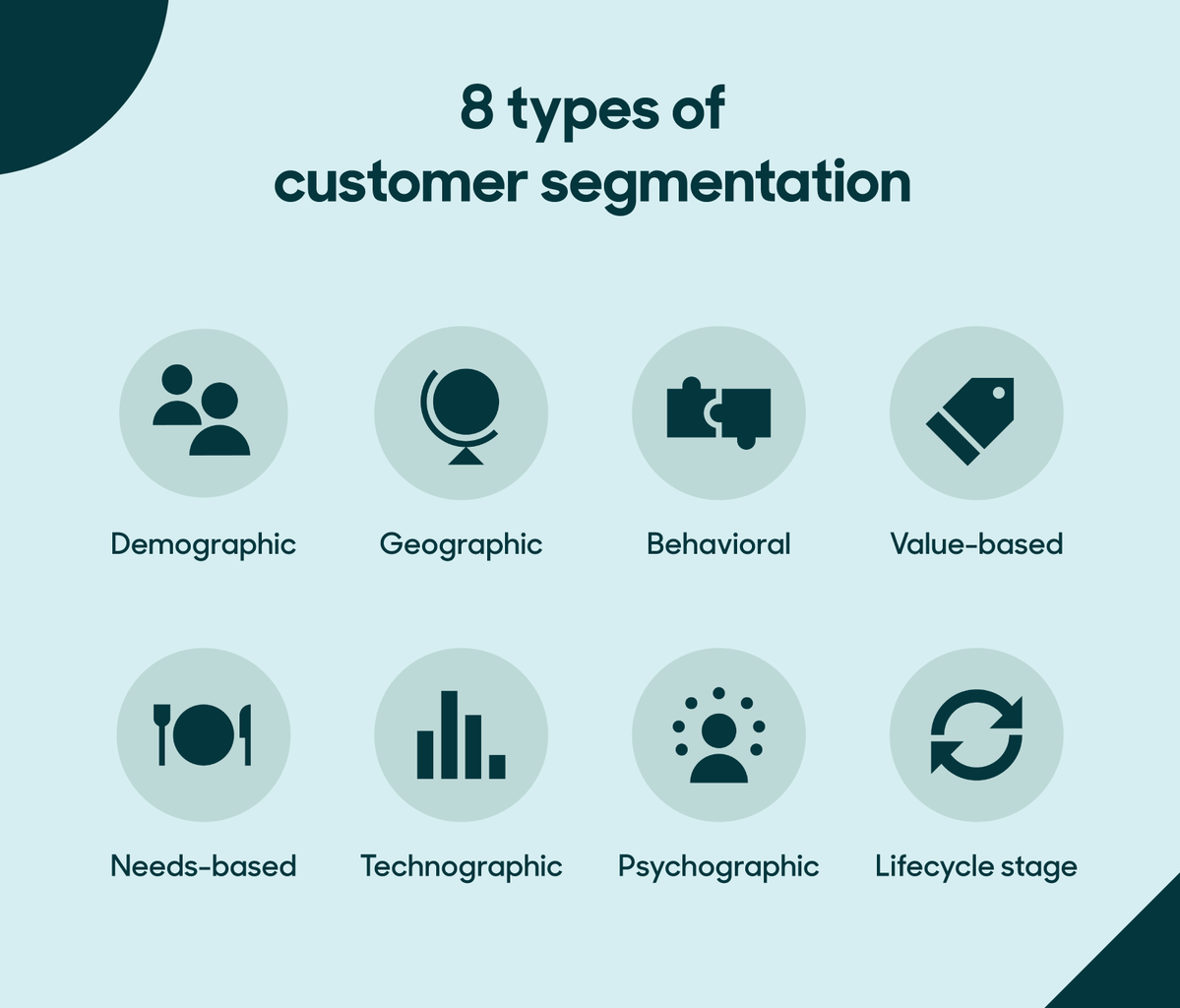
Segment your audience based on demographics, behavior, and preferences. This allows you to tailor your marketing messages and automation efforts to specific groups, leading to higher engagement and conversions.
For example a fitness brand, like Peloton, segments its audience into categories based on fitness goals (weight loss, strength training, etc.).
This segmentation allows them to create personalized email campaigns tailored to each group's specific interests, enhancing their marketing funnel automation.
Creating Buyer Personas
Develop detailed buyer personas that encapsulate the characteristics of your ideal customers.
Use these personas to inform your automated marketing strategies and content creation, ensuring a more personalized approach.
Use case: HubSpot creates detailed buyer personas that reflect their ideal customers. By using these personas, they can design automated marketing campaigns that resonate with potential customers, increasing engagement and conversion rates.
2. Map Out Your Marketing Funnel
A well-defined marketing funnel provides a clear pathway for potential customers, making it essential for marketing funnel automation.
Stages of the Funnel
Identify and outline the stages of your funnel awareness, consideration, and decision. Understanding these stages allows you to create targeted content and automation strategies for each segment.
For example, a software company like Salesforce clearly defines its funnel stages, awareness (blog posts), consideration (demos), and decision (free trials). This clarity helps in crafting targeted content for each stage of the marketing funnel automation.
Funnel Analysis
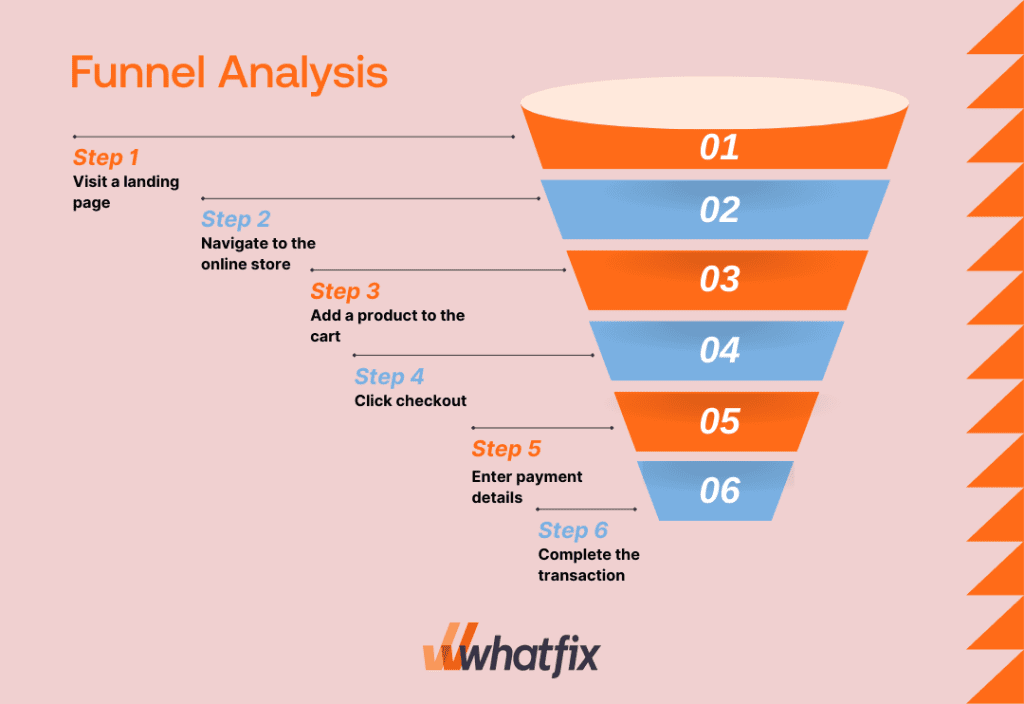
Regularly analyze your funnel to identify bottlenecks or drop-off points. By understanding where prospects lose interest, you can optimize your funnel for better conversions.
Use Case: Dropbox regularly analyzes its funnel to identify where users drop off. By adjusting their marketing strategies based on this data, they optimize their funnel, resulting in improved conversion rates.
3. Optimize Personalization
Personalization is key in modern marketing. Utilize marketing automation best practices to create tailored experiences for your audience.
Dynamic Content
Incorporate dynamic content in your emails and landing pages that adjusts based on user behavior and preferences. This increases engagement and enhances the likelihood of conversion.
For example Amazon uses dynamic content in its emails, showcasing products based on users' browsing history. This level of personalization boosts click-through rates and conversion in their marketing funnel automation.
Behavior-Based Triggers
Set up behavior-based triggers to automate personalized messages. For instance, if a user abandons their cart, send them a reminder email with relevant product suggestions.
Use Case: Shopify utilizes behavior-based triggers to send automated follow-up emails to customers who abandon their carts. By including product recommendations in these emails, they increase the likelihood of conversion.
4. Leverage Chatbots for Engagement
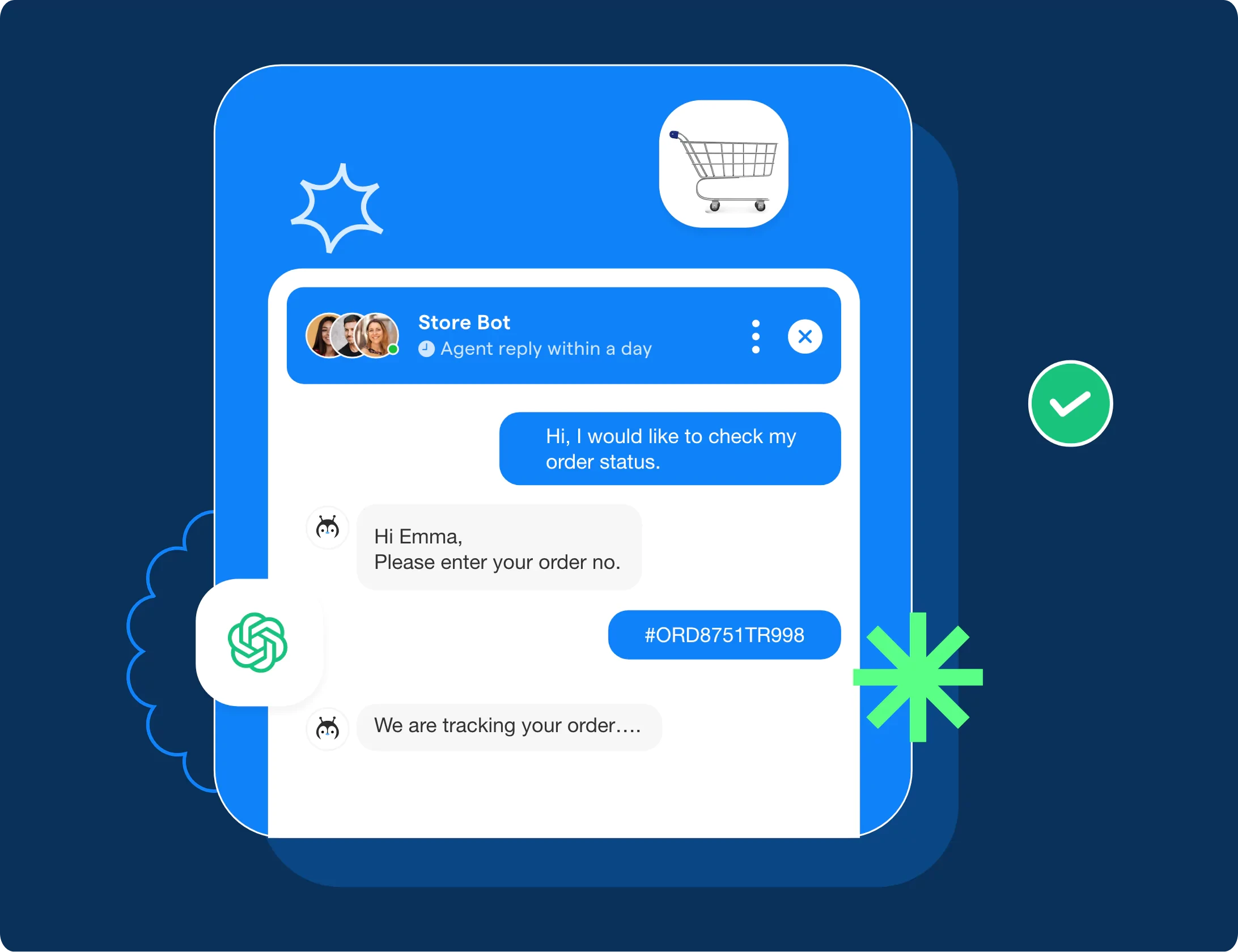
Chatbot for marketing offers real-time engagement, providing immediate assistance to your customers and enhancing their experience throughout the funnel.
24/7 Customer Support
Implement chatbots to offer round-the-clock support. This ensures that potential customers receive assistance at any time, increasing the chances of conversion.
For example, Sephora employs chatbots on its website to provide round-the-clock customer support. These chatbots help customers with product inquiries and guide them through their buying journey, enhancing their marketing funnel automation.
Gathering Customer Insights
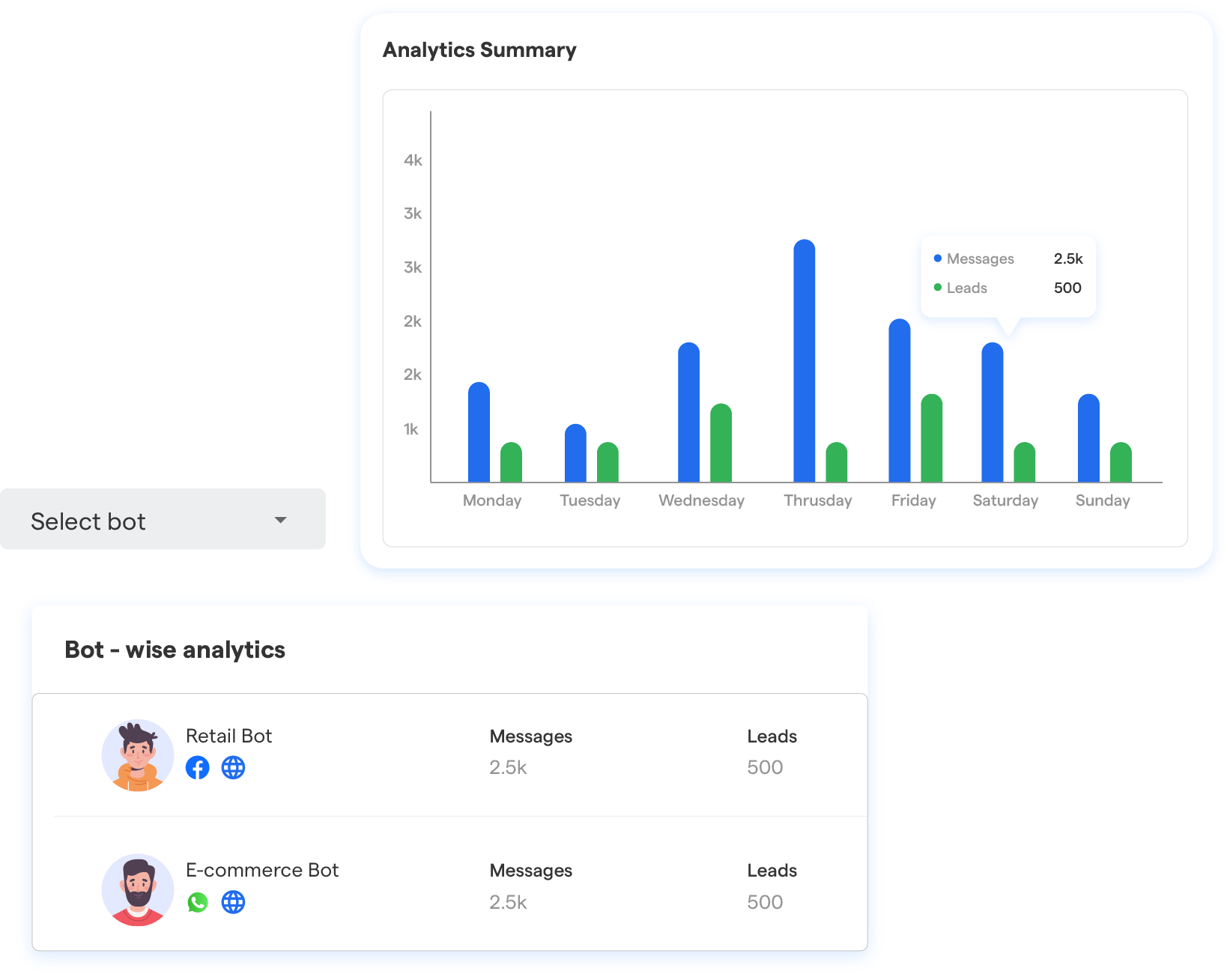
Use chatbots to gather insights about customer preferences and pain points. This data can inform your marketing strategies and improve personalization efforts.
Use Case: Many brands use chatbots to gather insights about customer preferences. For instance, H&M's chatbot collects user feedback on product styles, allowing them to tailor their marketing strategies effectively.
5. Integrate CRM Systems
Integrating your marketing funnel automation with a robust CRM system is essential for seamless data management and enhanced customer relationships.
Centralized Customer Data
A CRM system centralizes customer data, allowing for better tracking of interactions and preferences. This information is invaluable for creating targeted marketing strategies.
For example, Zoho CRM centralizes customer data, enabling businesses to track interactions and tailor marketing efforts. This integration supports marketing automation best practices by allowing for targeted communication.
Suggested Reading:
Chatbots & Marketing Automation – The Perfect Duo?
Automated Follow-Ups
Set up automated follow-up emails or messages through your CRM system. This keeps your audience engaged and nurtures leads effectively, improving conversion rates.
Use Case: Real estate companies use CRM systems like Salesforce to set up automated follow-up emails after initial inquiries. This leads to increased engagement and higher conversion rates within their marketing funnel automation process.
6. Create Compelling Content
Content is at the heart of any marketing strategy. Implementing marketing automation strategies centred around high-quality content can significantly impact your marketing funnel automation.
Educational Resources
Develop educational resources such as eBooks, webinars, or blog posts that address your audience's pain points. Share these resources through automated emails to nurture leads.
For example, Neil Patel offers eBooks and webinars as educational resources on digital marketing. He uses automated emails to deliver these resources, nurturing leads through his marketing funnel automation effectively.
Engaging Visuals
Incorporate engaging visuals and multimedia into your content. This can enhance user experience and encourage sharing, thereby increasing brand awareness.
Use Case: Buffer uses engaging infographics in their blog posts and social media content. This visual appeal increases shares and drives more traffic to their site, enhancing their Marketing Funnel Automation efforts.
7. Use Multi-Channel Marketing
Utilize multi-channel marketing to reach your audience wherever they are. This is a vital component of types of marketing automation.
Consistent Messaging
Ensure your messaging is consistent across all channels, from social media to email marketing. This builds trust and reinforces your brand identity.
For example Nike ensures consistent messaging across all channels, including social media, email, and in-store promotions. This consistency builds trust and reinforces their brand identity, which is vital in Marketing Funnel Automation.
Channel-Specific Automation
Implement automation strategies tailored to each channel. For example, use social media scheduling tools to automate posts and engage with your audience at optimal times.
Use Case: Starbucks employs automation tools like Hootsuite to schedule posts across their social media platforms. This ensures timely engagement and a consistent presence, enhancing their overall marketing funnel automation effectiveness.
8. Test and Optimize
Regular testing and optimization are critical for maximizing the effectiveness of your marketing funnel automation.
A/B Testing

Conduct A/B tests on your emails, landing pages, and ad campaigns to determine what resonates best with your audience. Use insights gained to refine your strategies.
For example: Booking.com frequently conducts A/B testing on their email campaigns and landing pages. By analyzing results, they refine their strategies, leading to improved performance in their marketing funnel automation.
Performance Analytics
Utilize performance analytics tools to track the success of your automated campaigns. Analyze metrics such as open rates, click-through rates, and conversion rates to identify areas for improvement.
Use Case: Google Analytics allows businesses to track the success of their automated campaigns. By monitoring key metrics such as conversion rates and user engagement, they can adjust their marketing strategies accordingly.
9. Automate Lead Nurturing
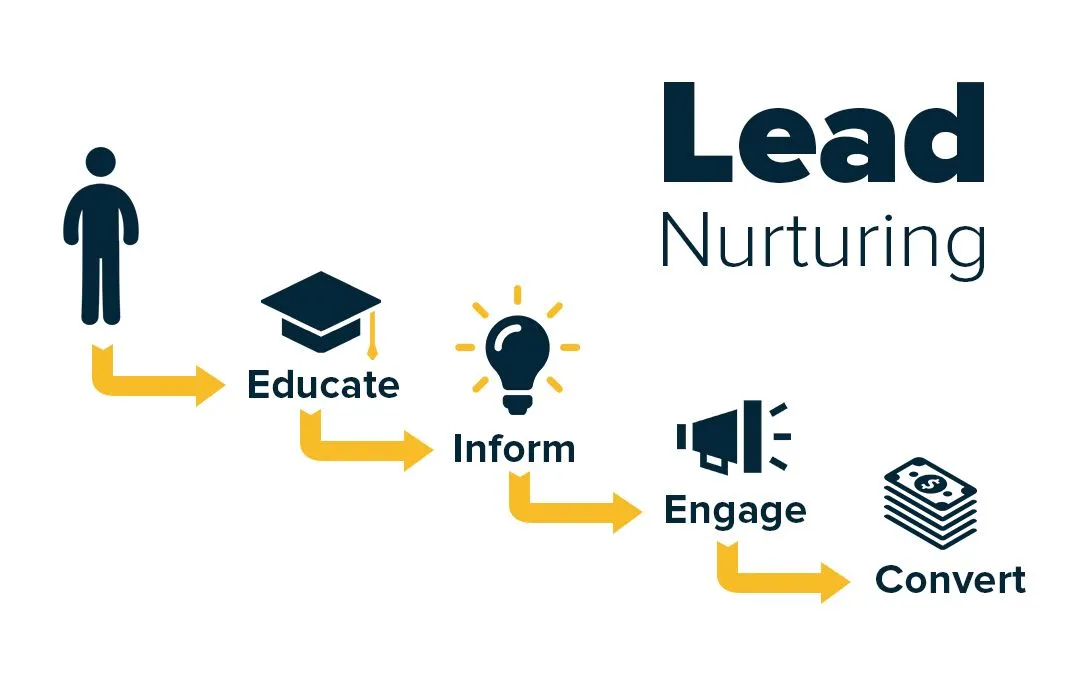
Lead nurturing is essential for guiding prospects through your funnel. Leverage automation tools to streamline this process.
Email Sequences
Set up automated email sequences that provide value to leads based on their position in the marketing funnel automation. This nurtures relationships and encourages prospects to move closer to a purchase decision.
For example: ActiveCampaign allows users to create automated email sequences that nurture leads based on their behavior. This approach is effective in guiding prospects through the funnel and increasing conversion rates.
Re-Engagement Campaigns
Implement re-engagement campaigns for leads who have gone cold. Automated messages can reignite interest and guide them back into the marketing funnel automation.
Use Case: Email marketing platforms like Mailchimp enable businesses to set up automated re-engagement campaigns. For example, a subscription box service may send personalized offers to subscribers who haven’t interacted in a while, drawing them back into the marketing funnel automation.
10. Monitor and Analyze Metrics
Monitoring metrics is vital for understanding the effectiveness of your Marketing Funnel Automation.
Key Performance Indicators (KPIs)
.png)
Identify and track key performance indicators (KPIs) relevant to your funnel, such as conversion rates, customer acquisition cost, and ROI. This data informs future strategies and adjustments.
For example, a SaaS company might track KPIs such as customer acquisition cost and lifetime value to evaluate their marketing funnel automation's performance.
Regularly analyzing these metrics helps in refining strategies and enhancing automation efforts.
Feedback Loops
Establish feedback loops that gather insights from your audience. Use surveys or direct feedback to understand their experiences and make necessary changes.
Use Case: SurveyMonkey gathers feedback from customers after their purchase journey. This information helps businesses understand customer experiences and improve their marketing automation best practices.
Suggested Reading:
Measuring ROI in Marketing Automation: Key Metrics to Track
11. Stay Updated with Trends
Marketing is an ever-evolving field. Staying updated with the latest trends in marketing automation best practices is crucial for ongoing success.
Industry Research
Regularly engage in industry research and follow thought leaders in marketing automation. This knowledge can help you adapt your strategies to meet changing consumer behaviors.
For example, Companies like Gartner provide regular reports and research on marketing trends. Staying informed helps businesses adapt their marketing automation strategies to evolving consumer behaviors.
Continuous Learning
Invest in continuous learning for yourself and your team. Attend workshops, webinars, and courses focused on marketing automation and related technologies.
Use case: Marketers attend workshops and online courses focused on marketing funnel automation to learn about the latest tools and strategies. This commitment to continuous learning ensures their marketing efforts remain competitive and effective.
Conclusion
In conclusion, mastering marketing funnel automation is essential for businesses looking to thrive in today's competitive landscape.
By understanding your audience, optimizing personalization, leveraging chatbots, and integrating CRM systems, you can create a seamless experience that guides prospects through every stage of the marketing funnel automation.
Remember to continuously test and optimize your strategies while staying updated with industry trends to keep your marketing efforts relevant and effective.
The right combination of marketing automation best practices, engaging content, and multi-channel strategies will not only boost conversions but also foster lasting relationships with your customers.
Embrace these expert tips, and watch as your marketing funnel automation transforms potential leads into loyal advocates, driving sustainable growth for your business.
With a strategic approach, your marketing funnel will become a powerful tool for achieving your business goals and enhancing overall performance.
Frequently Asked Questions (FAQs)
How can I improve my marketing funnel automation?
To enhance your marketing funnel automation, focus on understanding your target audience, optimizing personalization, and leveraging tools like chatbots and CRM systems.
Implementing marketing automation best practices will also help you refine your strategies.
What are the key components of an effective marketing funnel automation?
An effective marketing funnel includes clear stages of awareness, consideration, and decision.
Utilizing types of marketing automation, such as email sequences and dynamic content, can help guide prospects through each stage seamlessly.
Why is personalization important in marketing funnel automation?
Personalization is crucial in marketing funnel automation as it increases engagement and conversion rates.
Tailoring content and experiences based on customer behavior and preferences leads to stronger connections and improved outcomes.
How do chatbots fit into marketing funnel automation?
Chatbot for marketing enhances engagement by providing real-time support and assistance to potential customers.
They can guide users through the funnel, answer questions, and collect valuable insights, ultimately driving conversions. BotPenguin is a shining example of the same.
How often should I analyze my marketing funnel automation performance?
Regular analysis of your marketing funnel is essential. Aim to review performance metrics monthly or quarterly to identify areas for improvement and ensure your marketing funnel automation strategies remain effective and relevant.
What metrics should I track in marketing funnel automation?
Key metrics to track in marketing funnel automation include conversion rates, click-through rates (CTR), lead generation costs, and customer acquisition costs (CAC).
Monitoring these metrics allows you to assess the effectiveness of your automation strategies and make data-driven improvements.
